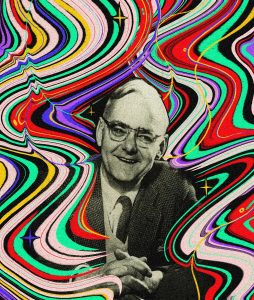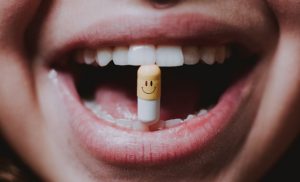You open up an internet browser, but you forget what you were going to search for or why you even started your computer. Have you ever came across these situations? The recent research on temporary memory loss (2021) has discovered the betrayer within our body: the dopamine.
Dopamine has a reputation as the “happy hormone.” It’s a neurotransmitter, a substance that conveys signals between the neurons that mediate pleasure in our brain and make you crave for the things you love. For instance, you constantly refresh your Instagram feed or click on the next recommended video on YouTube because your brain remembers and relate those activities to pleasure. Then every time you perform those activities your brain release dopamine, which makes you feel good.
Problems with Dopamine Addiction
In a nutshell, dopamine acts very similar to recreational drugs because it constantly tempts and controls you to do things that provide instant gratification and make you crave for stronger pleasure. The problem of dopamine addiction recently arose because of the rapid technological advancement, which allowed for easy access to activities that release dopamine such as social media, video games, and pornography. People have hard time focusing on their work and managing their time because they crave that dopamine shots.
Here’s a video that talks about the effect of dopamine on human and possible solution to overcome addiction:

Source: TopThink (youtube.com)
In addition, the researchers from Scripps Research Institute revealed dopamine’s another dark secret. They discovered the mechanism in which the stimulation of dopamine circuit is responsible for transient forgetting, also known as temporary memory loss. In particular, the biochemical team specified a single pair of dopamine-releasing neuron, named PPL1- α2α’2, that causes the universal nuisance in our brain.
In summary, the research team trained Drosophila, commonly known as the fruit fly, to associate a certain scent with an unpleasant shock. However, when the flies were introduced to stimuli such as a puff of air or blue light, the type of light emitted from the screens of your electronic devices, the dopamine released due to the stimuli interfered with the flies’ memory signal and the flies temporarily forgot the negative association with the scent.
Furthermore, the research found that the increased strength or intensity of the stimulus increases the duration of the temporary memory loss . In other words, exposure to stronger stimulus, such as illicit drug or concentrated alcohol, requires more time to recover from the transient memory loss.
During the unprecedented period of pandemic, without social interactions, you probably consume more social media feeds or YouTube videos for your daily dose of dopamine. However, think of dopamine as sugar for now. Your body needs it to continue the happy life, but addiction could bring potential complications with regards to your success and health. Experts recommend activities such as the dopamine detox or meditation to overcome the dopamine addiction. Control your dopamine; don’t let the YouTube recommendations control you!
-Matthew Lim








